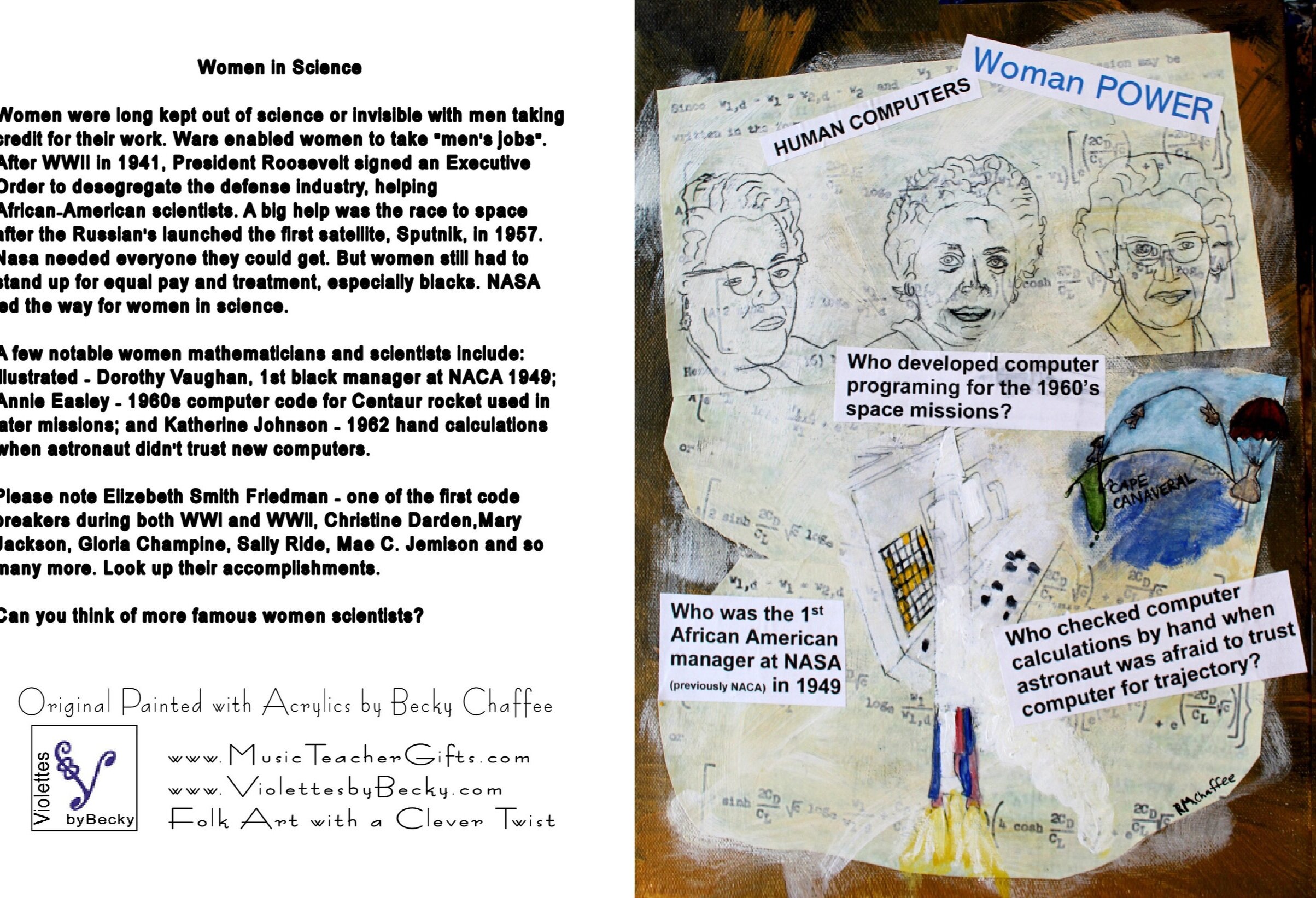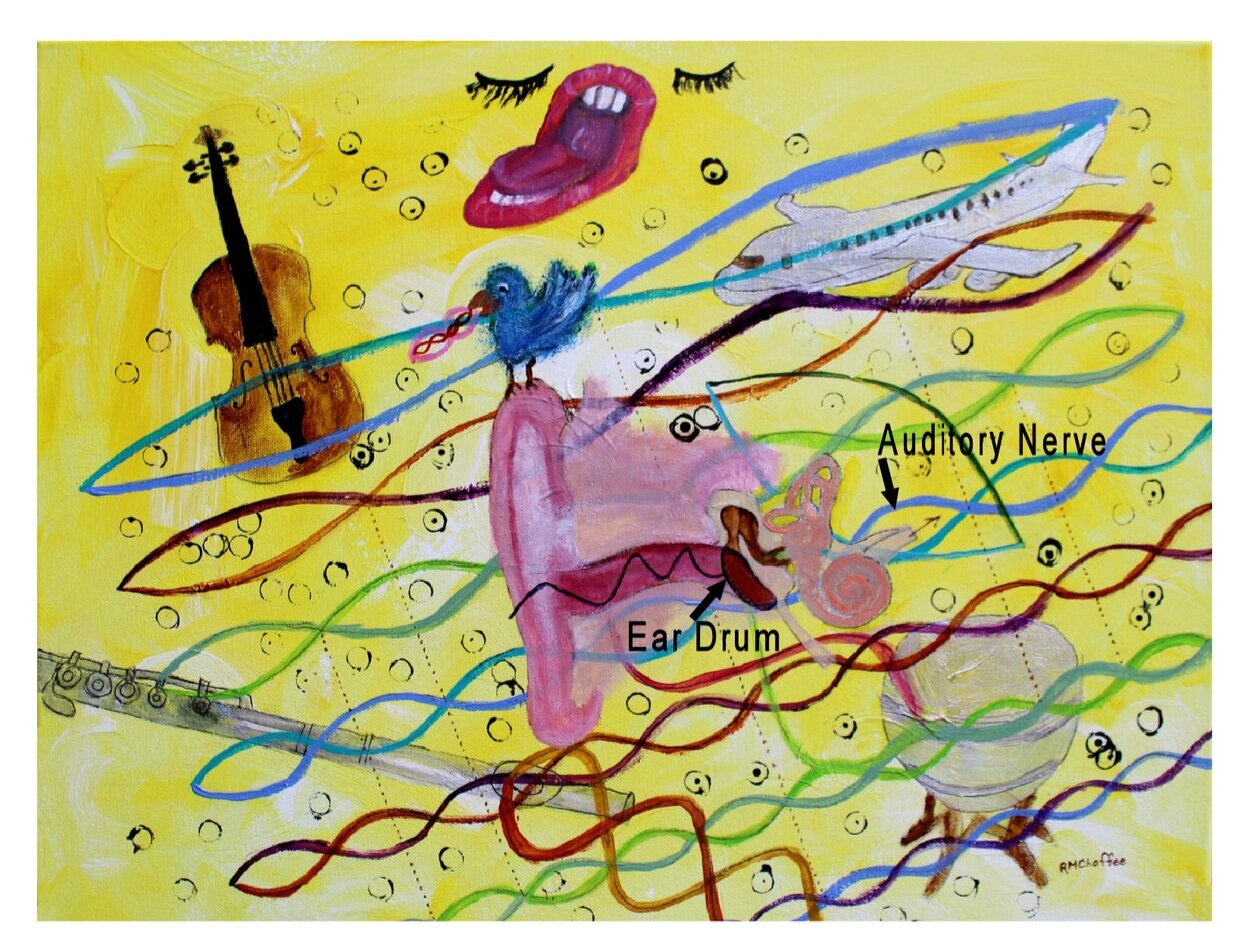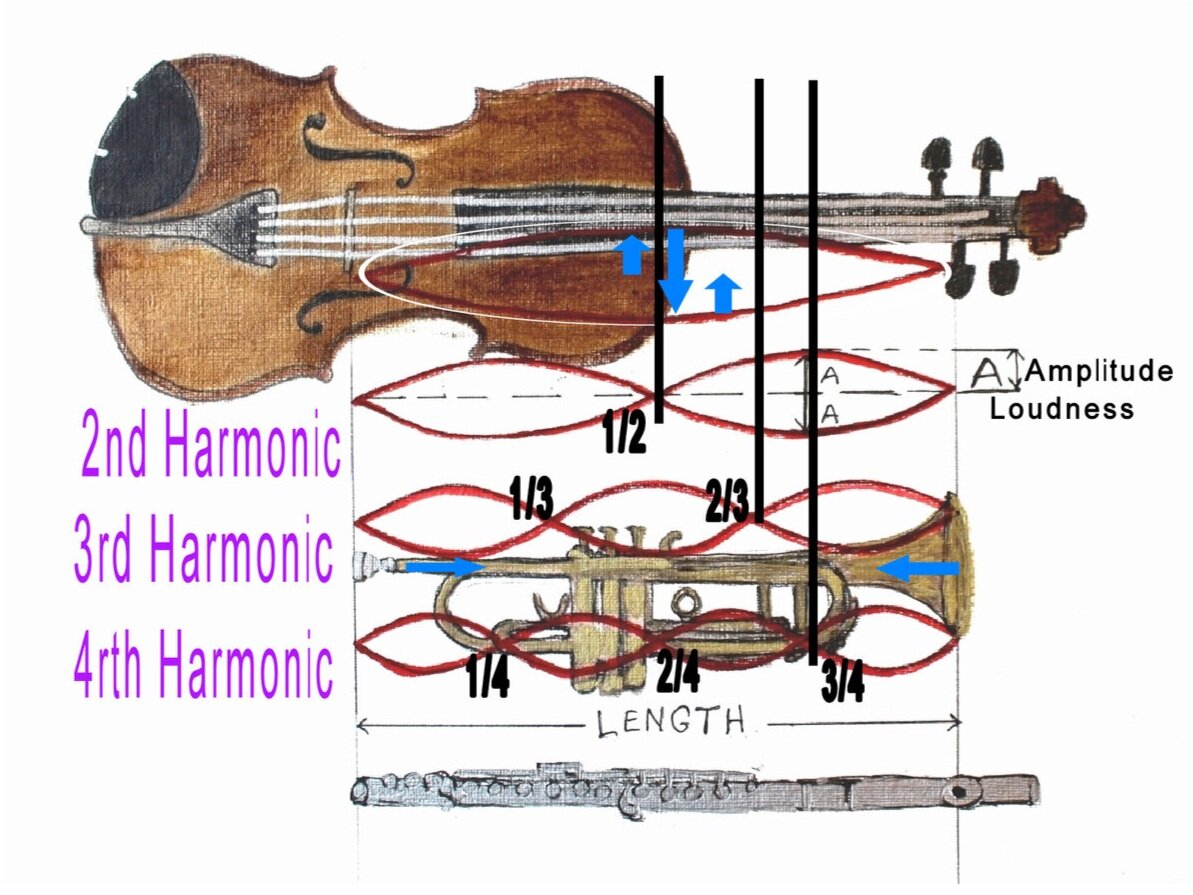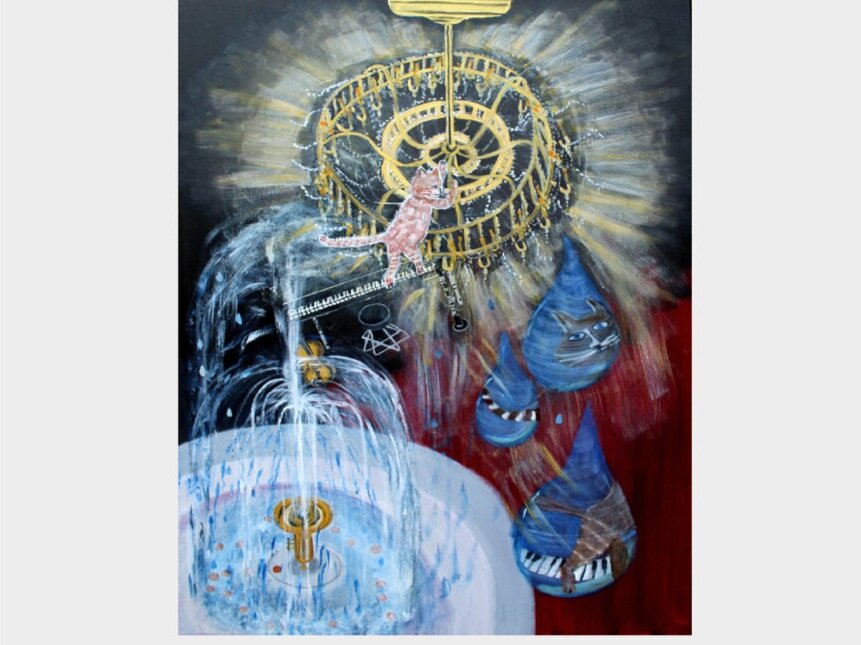 Image 1 of 1
Image 1 of 1


LS2.0 Teosinte Grass, Ancestor of Corn - Lunchbox Science Note Cards
The Back of the Card says:
Teosinte Grass, Ancestor of Corn
Our neighbors in Central America genetically altered the best teosinte grass from Central Balsas River Valley into Maize or Corn 9,000 years ago. (discovery by Beadle).
Teosinte plants are full of branches and the kernals are very hard. Farmers planted only softest plants with least branches. Softness and Branching genes are REGULATORY genes, which when altered affect changes in many other genes.
Minute ground corn fossils were found in river rocks in a Balsas River Valley cave. Charcoal from a fire pit in the soil layer with the corn grinding rocks were carbon dated.
Today more productive corn growing taller is used for livestock feed, ethanol, sweet "eating" corn and 100's of food products (ground and in the form of corn starch and corn syrup).
Each card comes as individual or set of 6 of same or variety pack of Eight 4 by 6 Note Cards with envelopes.
The Back of the Card says:
Teosinte Grass, Ancestor of Corn
Our neighbors in Central America genetically altered the best teosinte grass from Central Balsas River Valley into Maize or Corn 9,000 years ago. (discovery by Beadle).
Teosinte plants are full of branches and the kernals are very hard. Farmers planted only softest plants with least branches. Softness and Branching genes are REGULATORY genes, which when altered affect changes in many other genes.
Minute ground corn fossils were found in river rocks in a Balsas River Valley cave. Charcoal from a fire pit in the soil layer with the corn grinding rocks were carbon dated.
Today more productive corn growing taller is used for livestock feed, ethanol, sweet "eating" corn and 100's of food products (ground and in the form of corn starch and corn syrup).
Each card comes as individual or set of 6 of same or variety pack of Eight 4 by 6 Note Cards with envelopes.

















